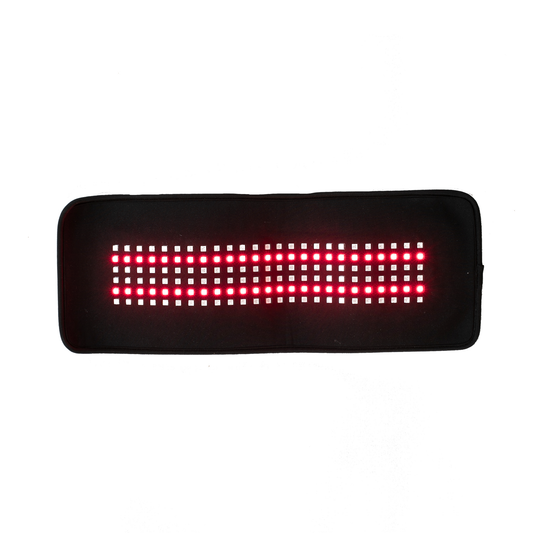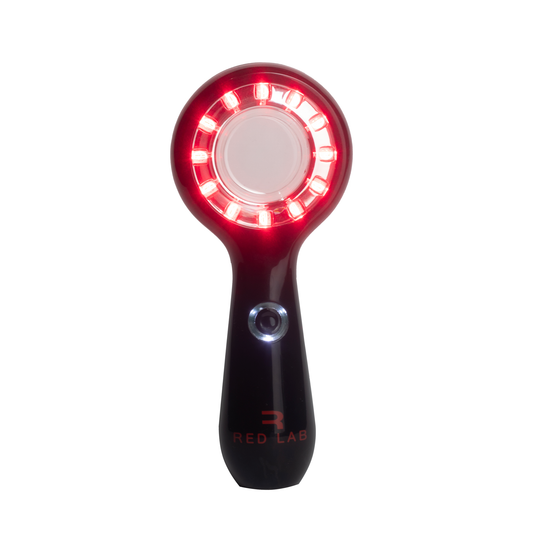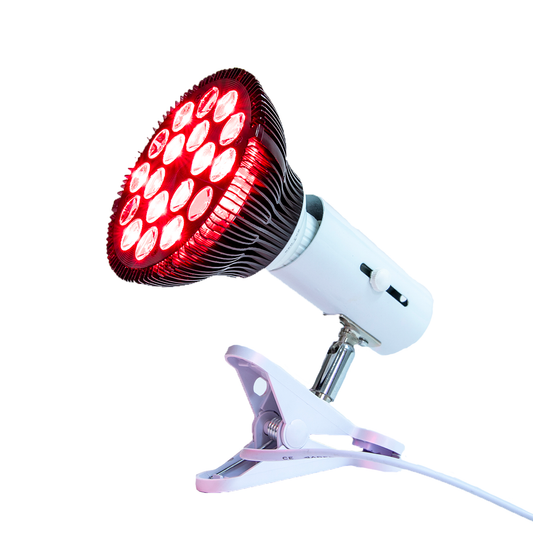Red light therapy has been shown to significantly improve declining eyesight, according to a groundbreaking study by researchers at University College London (UCL). The study found that just three minutes of exposure to 670 nanometre (nm) deep red light in the morning resulted in an average improvement of 17% in color contrast vision that lasted for at least a week. This is a major breakthrough in eye health and could lead to the development of affordable, home-based eye therapies to help the millions of people globally with naturally declining vision.
As we age, vision loss is a frequent problem that is partially brought on by the ageing of retinal cell tissue. Light is transformed into electrical impulses that the brain may interpret as images by a layer of cells at the back of the eye called the retina. The retina's cells tend to deteriorate as we age, which affects how well they operate. The reduction of mitochondria, the cell's energy-producing organelles, accelerates this deterioration.
Mitochondria are essential for the proper functioning of cells and are especially important in the retina, which has high energy demands. As a result, the retina ages faster than other organs, with a 70% reduction in ATP (the energy currency of cells) over a lifetime. This decline in ATP production leads to a significant decline in photoreceptor function, as the cells lack the energy to perform their normal role.
Red light therapy has been shown to be effective in improving the performance of mitochondria and increasing energy production. According to Professor Glen Jeffery of UCL Institute of Ophthalmology, "mitochondria have specific sensitivities to long wavelength light influencing their performance: longer wavelengths spanning 650 to 900 nm improve mitochondrial performance to increase energy production." In other words, exposure to certain wavelengths of red light can help improve the function of mitochondria and increase the production of ATP in cells.
In the study by UCL, researchers found that three minutes of exposure to deep red light was as effective as a 45-minute exposure, but that longer exposures did not have any additional benefit. They also found that the optimal time for light exposure was in the morning, as there was no improvement in the participants who received light exposure in the afternoon. This is likely because mitochondria follow the body's circadian rhythm and may not respond in the same way to light in the afternoon.
The implications of this study go beyond just improving vision, as Professor Jeffery explains: "Mitochondria rule so many aspects of our lives, and we need a way to improve their health, particularly in ageing. Red light use is now being applied in a large number of labs and also in clinical trials. It will likely provide us with a very simple and economic way of doing this with wide applicability."
A number of possible health benefits of red light therapy are safe and non-invasive. Red light treatment has been demonstrated to reduce inflammation, improve skin health, and boost athletic performance in addition to improving failing eyesight. It is gaining popularity as a natural, drug-free substitute for conventional therapies for a number of diseases.
It is crucial to speak with a healthcare provider to find out if red light therapy is appropriate for you if you want to try it to treat your deteriorating vision or any other health issue. Red light therapy is a generally accessible and practical treatment option because it may be utilised in the comfort of your own home.
Home based remedies
To benefit from the proven positive results of Red Light Therapy, invest in a home-use red light therapy LED that covers the largest surface area that you can afford. For improving age related eyesight decline, expose your retina to 3 minutes of Red Light at 8mW/cm2 for 3 minutes in the morning.
In order to achieve 8mW/cm2 with the Red Lab Target Light, for instance, you would look into the light from a distance of 30cm. But the general rule of thumb is not to look into any light source that is so bright that it hurts your eyes. Your eyes have a natural defence system that will force them shut if light is too bright. Do not ever force your eyes to stay open,” concludes Jacki McEwen-Powell, co-founder of Red Lab, South Africa’s first dedicated Red Light Therapy studio, suppliers of medical grade Red Light Therapy devices for home use.






1 comment
My mother is suffering from Cataract and glaucoma because of her COPD and parkinsons she is not able to undergo surgery. She cannot see anything. They operated the left eye but since the optic nerve is damaged she is not able to see at all. Would you still suggest the red light therapy?